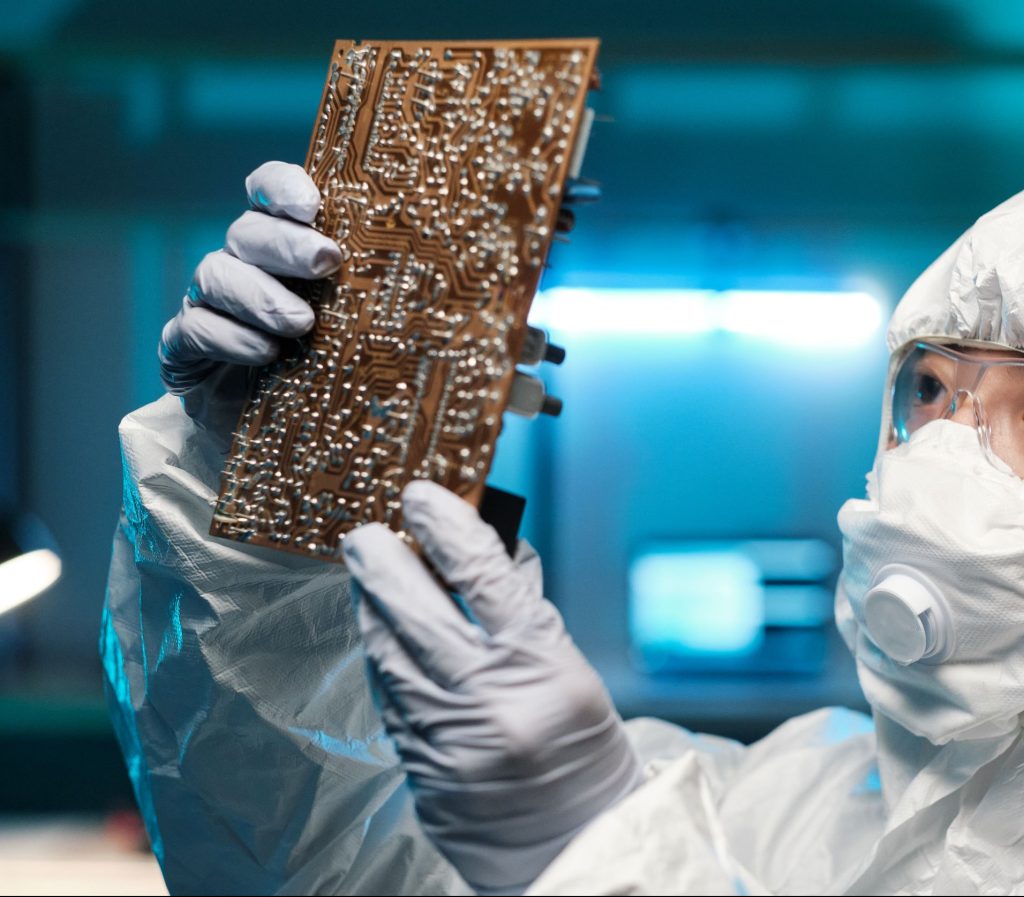Brominated flame retardants in the WEEE circular economy
This study investigates the impact of brominated flame retardants (BFRs) on the recycling of plastic waste from electrical and electronic equipment (WEEE) in Europe. Brominated flame retardants are often used in plastics to meet fire safety standards and protect consumers from fires. Brominated flame retardants are poorly degradable due to their material properties. In addition, they can be harmful, toxic, possibly carcinogenic and dangerous to the environment.
The research shows that BFR levels in mixed (unsorted) WEEE plastics vary by category. Devices with screens have the highest BFR levels. These range between 6,000 and 13,000 ppm (parts per million) bromine (Br) from 2020 to 2023. Small equipment follows with BFR levels of 2,000 to 7,000 ppm Br over the same period. Over the period from 2010 to 2022, BFR levels in screens have generally decreased. BFR levels in small equipment and large equipment have remained relatively stable.
Conventional recycling processes involve mechanical shredding and sorting of WEEE plastics to separate plastics with high levels of BFRs and other additives, allowing the creation of homogeneous plastic fractions. These fractions are suitable for recycling into new products.
Emerging technologies, such as solvent-based recycling, pyrolysis or depolymerization, offer alternative approaches to processing WEEE plastics. These technologies aim to recover valuable materials and eliminate or minimize the release of hazardous substances during processing.
While emerging technologies have potential, there are challenges to their widespread implementation. While they can work effectively for pre-sorted polymers, challenges to their use include the need for optimized process conditions, cost-effectiveness, scaling up the technology, and ensuring compatibility with existing recycling infrastructure.
Other relevant publications
Report collection for reuse at recycling centers
This report analyzes pilot projects in the municipalities of Amersfoort and Zwolle aimed at promoting the reuse of electrical appliances through recycling centers.
Program of requirements for circular climate installations
The program of requirements for circular climate installations has been developed for housing associations and their partners to reduce the environmental impact of building-related installations.







